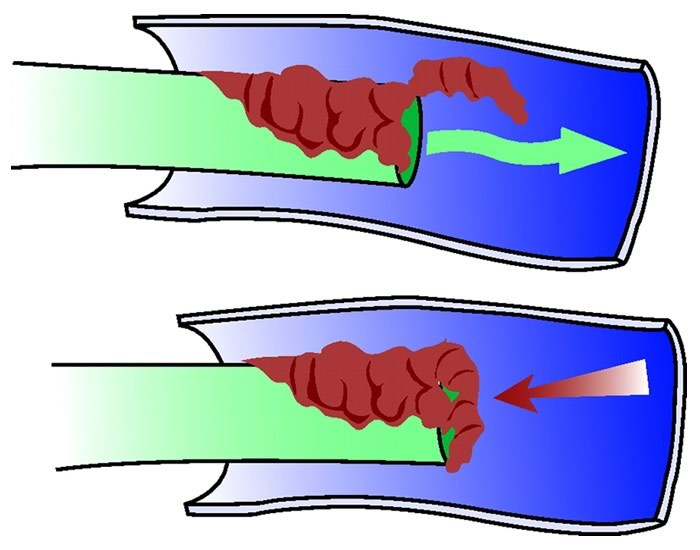- Community
-
Programs
- Schools
-
Careers
- RN Specialties
- Best RN Jobs and Salaries
- Aesthetic Nurse
- Nursing Informatics
- Nurse Case Manager
- NICU Nurse
- Forensic Nurse
- Labor and Delivery Nurse
- Psychiatric Nurse
- Pediatric Nurse
- Travel Nurse
- Telemetry Nurse
- Dermatology Nurse
- Nurse Practitioner
- Best NP Jobs and Salaries
- Family NP (FNP)
- Pediatric NP
- Neonatal NP
- Oncology NP
- Acute Care NP
- Aesthetic NP
- Women's Health NP
- Adult-Gerontology NP
- Orthopedic NP
- Emergency NP
- Psychiatric-Mental Health NP (PMHNP)
- APRN
- Nurse Educator
- Nurse Administrator
- Certified Nurse Midwife (CNM)
- Clinical Nurse Specialist (CNS)
- Certified Registered Nurse Anesthetist (CRNA)
- Resources
- Education


SleeepyRN
1,076 Posts
I'm curious as to why this would happen. This morning I was supposed to draw blood from a PICC line for labs. The patient let me know that the nurses the last few days have not gotten a return, so lab has been drawing his blood the last few days. Sure enough, neither port, medication nor blood, gave me a return, but flushed well and fluids ran perfectly well into the line.
I went to draw blood on my next pt with a PICC. I got no return from the red port, but got a good return from the other one.
I feel dumb asking. What is going on here? Other than in scenario #1, the PICC not being in correct placement, yikes, what are the possibilities for this?
Is it simply the beginning of clogging and thus will, for the time being, flush thin fluids but not thick fluids like blood? On both patients, I did have to push hard to flush.
However, an access RN once told me that some types of leur locks make it feel like you are meeting with a lot of resistance, but that it's normal and perfectly patent.
Confused